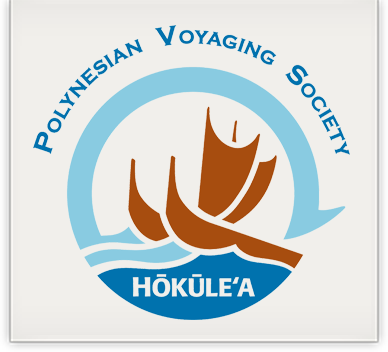Learning Journey: Sust’ainable Moloka‘i and Moloka‘i High School Permaculture Garden (July 12)
Moloka‘i (Jenna Ishii) —
This past week, the Moloka‘i community embraced Hōkūleʻa and her crew by sharing their aloha, cooking for the crew members, bringing their children to visit the waʻa, and hosting crew members in their sacred places to share how they mālama honua – care for Island Earth.
Our culminating learning journey this week was a visit to Moloka‘i High School’s Permaculture Garden to learn from Sust’ainable Moloka‘i about their vision to inspire youth and all Moloka‘i residents to work toward a more sust’ainable future for their island.
School garden coordinator Fred Richardson shared with us the importance of their school garden as a central location for students and community members to gather and learn how to grow food plants, trees and native plants in a dry area. Using techniques of permaculture and lessons from our kupuna, Fred teaches his students about the importance of keeping water on the land as long as possible.
Emilia Noordhoek of Sust’ainable Moloka’i shared the connection between their school garden in the mountains and the ocean below: “You want the water to move as slowly as possible to stop the erosion from flowing to the ocean.” This permaculture garden serves as a test site for their greater vision to support the restoration the Kamalo Watershed which is 3,800 acres of land from mauka to makai (mountain to ocean).
Crew members helped Fred and his volunteers plant 40 types of native trees, food plants and ground cover to expand the school garden site. At the end of the day, Emilia shared the importance of youth-driven change and entrepreneurialism: “We want them to feel empowered to see a space in this garden and do what they want.” Students, teachers and community members are allowed to take what they need to feed their families, and in turn, they volunteer and contribute to the school garden.
Mahalo nui to Sust’ainable Moloka‘i and Moloka‘i High School Permaculture Garden for hosting our crew and allowing us to learn about the techniques of mitigating silt erosion and propagating food, trees and plants for future generations.
Click here for more information about Sust’ainable Moloka’i.




